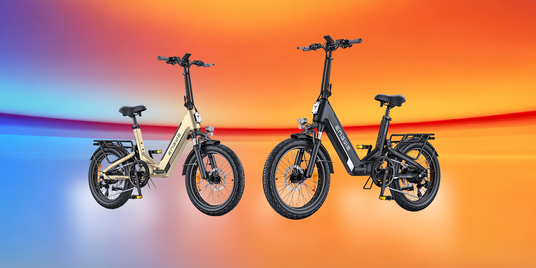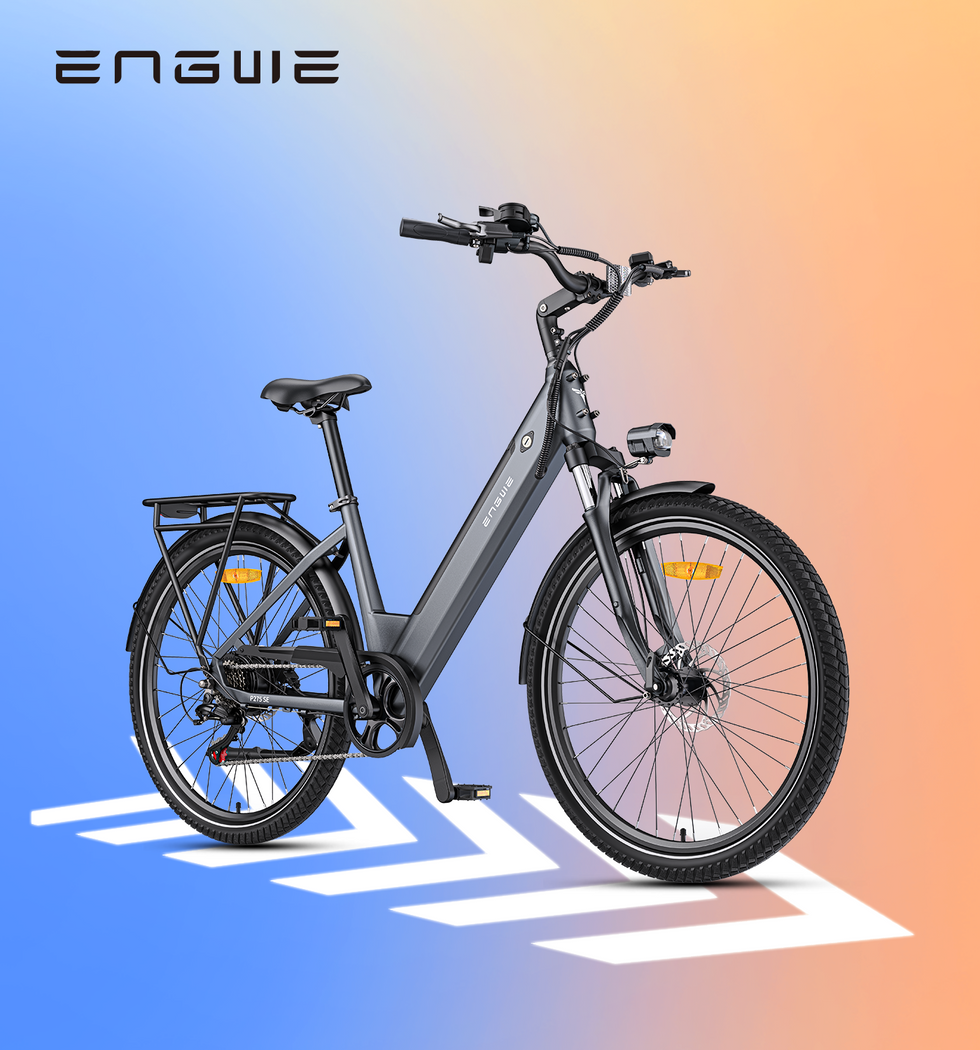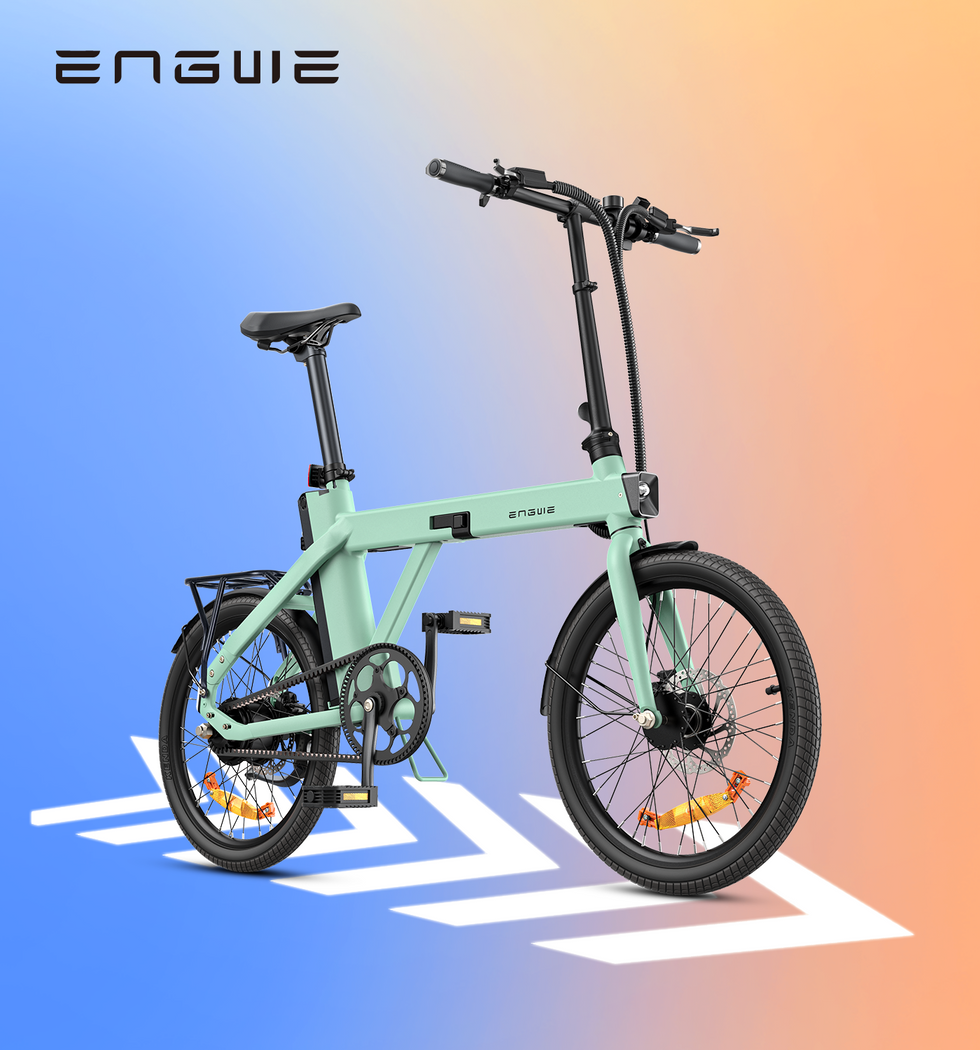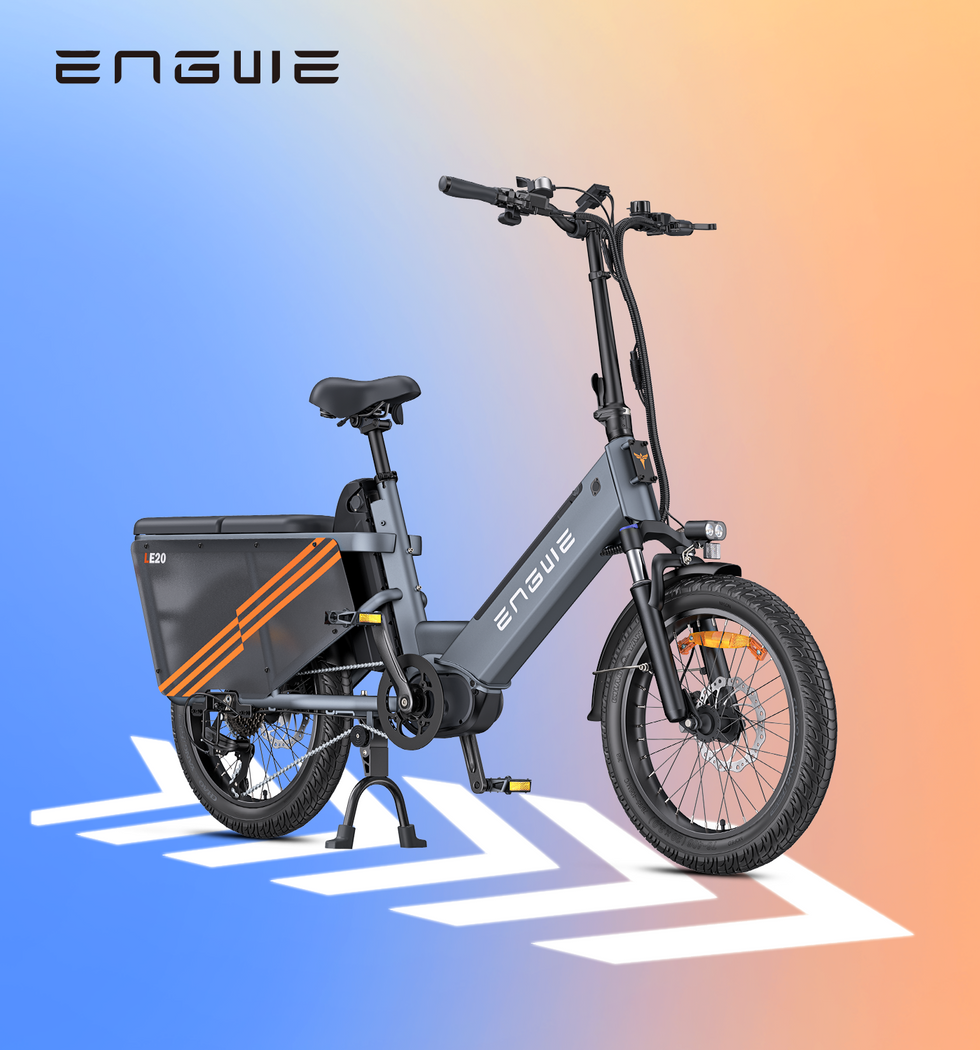The Freedom of Fold: Why Choose a Collapsible Electric Bike?
The modern urban landscape presents a unique set of challenges: limited storage space, congested roads, and the ever-present need for efficient, flexible transport. A collapsible electric bike emerges not just as a solution, but as a gateway to a new kind of freedom. It promises the power of an electric bike with the portability of a suitcase, but with so many options available, how do you choose the right one? This guide is designed to cut through the noise, focusing on what truly matters to you as a rider, from the daily commute to weekend adventures. We will explore the essential features, address common concerns, and provide practical advice to help you find the perfect folding companion for your lifestyle.
Before diving into technical specifications, it is crucial to understand the fundamental advantages that a folding design offers. The primary benefit is, of course, unparalleled convenience. For city dwellers in apartments or homes without a garage, storing a full-sized bicycle can be a constant headache. A collapsible electric bike can be tucked away neatly in a cupboard, under a desk at work, or in the corner of a room, drastically reducing its footprint. This solves the storage problem and enhances security; there is no need to leave your valuable electric bike locked up outside, exposed to weather and potential theft, when you can easily bring it indoors with you.
This convenience extends to transportation. A collapsible e-bike transforms multi-modal journeys. You can ride to the train station, fold it up, carry it onto the train (subject to carrier regulations), and then unfold it for the final leg of your journey. This "last-mile" solution is a game-changer for commuters. It also opens up new possibilities for leisure. Planning a countryside escape? Simply fold the bike and place it in the boot of your car, ready for exploring scenic trails without the need for a cumbersome bike rack. This fusion of portability and electric assistance is what makes this category of bike so compelling.
Beyond the Fold: Are Collapsible E-Bikes a Compromise?
A common apprehension among potential buyers is whether the folding mechanism introduces a compromise in terms of ride quality, durability, or performance. It is a valid question. Early models in the market may have suffered from frame flex or less-than-robust hinges. However, modern engineering has largely eliminated these concerns. Reputable manufacturers use high-quality materials and sophisticated locking mechanisms that are rigorously tested to ensure they are safe, secure, and create a rigid frame when locked in place. When you are riding, a well-designed collapsible e-bike feels just as solid and responsive as its non-folding counterpart.
Performance is also not sacrificed. These bikes are equipped with the same powerful motors, long-range batteries, and reliable components found on standard electric bikes. They can tackle hills, handle varied terrain, and provide a comfortable riding experience over long distances. The key difference lies in the frame geometry and often the wheel size, which is typically smaller (e.g., 20 inches) to facilitate a more compact fold. This smaller wheel size can even be an advantage in urban environments, offering quicker acceleration from a standstill and more nimble handling in tight spaces. In essence, you are not buying a compromised bike; you are buying a bike with an additional, incredibly useful feature.

Key Features to Look for in Your Perfect Collapsible Electric Bike
When you begin comparing models, the list of specifications can be daunting. Let's break down the most important elements and what they mean for your ride.
Motor and Power
In the UK and EU, road-legal electric bikes are limited to a 250W continuous power output. This is more than sufficient for most riders, providing a significant boost on hills and making headwinds manageable. Pay attention to the torque figure, measured in Newton-metres (Nm). A higher torque figure (50Nm or more) translates to better acceleration and more effective climbing ability, which is particularly useful if your commute involves steep inclines.
Battery and Range
The battery is your fuel tank. Its capacity is measured in Amp-hours (Ah) and Volts (V). A higher Ah rating generally means a longer range. Look for a stated range that comfortably exceeds your typical daily mileage to avoid "range anxiety." A crucial feature is a removable battery. This allows you to charge the battery indoors without having to bring the entire bike inside, and it acts as a major theft deterrent.
Brakes
Your safety is paramount. Disc brakes (either mechanical or hydraulic) are the standard for quality electric bikes, and for good reason. They offer superior stopping power and more consistent performance in wet weather compared to older rim brakes. Given the extra weight and speed of an e-bike, powerful and reliable brakes are non-negotiable. Look for larger disc rotors (e.g., 180mm) for even better heat dissipation and stopping force.
Tyres and Suspension
The type of riding you plan to do will dictate your choice here. For smooth city streets, standard-width tyres are fine. However, many collapsible e-bikes are now equipped with "fat tyres" (4.0 inches wide). These wider tyres run at lower pressures, acting as natural shock absorbers. They provide a fantastically comfortable ride, smoothing out potholes and uneven surfaces. They also offer excellent grip and stability, allowing you to venture off tarmac onto canal paths or light trails. Combining fat tyres with a front suspension fork creates a supremely comfortable ride that can handle almost any urban terrain.
Frame and Folding Mechanism
Check the bike's folded dimensions to ensure it will fit where you intend to store it. Also, note the bike's total weight. While the motor helps you ride, you will be the one lifting it into a car or up a flight of stairs. The folding mechanism itself should be simple to operate, intuitive, and feature secure locking clamps.
A Real-World Recommendation: The ENGWE EP-2 Boost Experience
If you are looking for a prime example of a collapsible electric bike that excels in both power and practicality, the ENGWE EP-2 Boost deserves your full attention. This is a machine built not just to fold, but to perform. Imagine tackling a steep hill on your commute; a simple press of the dedicated Boost button unleashes a formidable 55Nm of torque from the legally compliant 250W motor, making climbs feel effortless rather than arduous. This is not just raw power; a sophisticated torque sensor ensures the assistance feels incredibly smooth and intuitive, perfectly matching your pedalling effort for a natural and responsive ride. Its capability extends far beyond smooth tarmac. The robust 20 x 4.0 fat tyres, paired with effective front suspension and highly durable one-piece wheels, provide a stable and supremely comfortable ride on everything from cobbled city lanes to gravel paths. Day-to-day usability is at its core, enhanced by a high-capacity 48V 13Ah removable battery that delivers an impressive range of up to 120 km, eliminating range anxiety. Safety is covered by powerful 180mm front and rear disc brakes for confident stopping in all conditions. Add to this a reliable Shimano 7-speed gear system for versatile pedalling and an integrated rear rack ready for your cargo, and you have a complete package. Crucially, it all folds down into a compact form, embodying the perfect blend of all-terrain capability and ultimate urban convenience.

Living with Your Collapsible E-Bike: Practical Tips for Daily Use
Owning a collapsible electric bike is a slightly different experience from owning a standard bike. The folding process will feel clumsy at first, but it quickly becomes second nature. Practice folding and unfolding it a few times at home so you can do it quickly and confidently when you are out. When lifting the bike, always bend at your knees, not your back, to protect yourself from strain.
Maintenance is straightforward but includes one extra checkpoint: the folding mechanism. Before each ride, give the main hinge and handlebar clamp a quick check to ensure they are securely locked. Periodically, you should clean and lightly lubricate the hinge points according to the manufacturer's manual to keep them operating smoothly. The rest of the maintenance is standard for any bicycle: keep the chain clean and lubricated, ensure your tyres are at the correct pressure, and check your brake pads for wear. Because of the incredible convenience of its removable battery, always take it with you when leaving the bike unattended for any length of time. This simple act makes the bike far less attractive to thieves.

Frequently Asked Questions
1. How important is a torque sensor on a collapsible e-bike?
A torque sensor is a highly significant feature that dramatically improves the quality of your ride. Cheaper e-bikes often use a cadence sensor, which simply detects if you are pedalling and delivers a set level of power, feeling a bit like an on/off switch. A torque sensor, by contrast, measures how hard you are pedalling. It then delivers a proportional amount of motor assistance. This results in an incredibly smooth, intuitive, and natural-feeling ride. It feels like you are simply having a very good day on the bike, rather than feeling like you are being pushed along. It also improves battery efficiency as the motor only delivers the power you actually need.
2. Are fat tyres practical for city commuting?
Yes, for many people, they are extremely practical. While they may have slightly more rolling resistance on perfect tarmac compared to thin road tyres, the electric motor completely negates this downside. Their main advantages in an urban environment are comfort and safety. Fat tyres, run at a lower pressure, soak up bumps, potholes, and rough road surfaces, providing a much smoother ride than standard tyres. They also provide a larger contact patch with the ground, offering superior grip, especially in wet conditions or on less-than-perfect surfaces like cobblestones or poorly maintained cycle lanes.
3. How long does it actually take to fold and unfold the bike?
While manufacturers might advertise very fast times, a realistic expectation is key. When you first get the bike, it might take you a couple of minutes to familiarise yourself with the process of releasing the latches, folding the frame, dropping the handlebar stem, and folding the pedals. However, after a week of regular use, this becomes muscle memory. With a little practice, most users can comfortably fold or unfold their bike in under a minute, and many can achieve it in as little as 20-30 seconds.
4. Can I take a collapsible electric bike on public transport in the UK?
Generally, yes, but policies vary between operators. On most national rail services, a fully folded bike is treated as regular luggage and can be taken on board, though there may be restrictions during peak commuter times on some busy routes. For local services, such as the London Underground, folded bikes are permitted on certain lines but not on deep-tube lines due to space constraints. It is always best to check the specific policy of the train or bus company you plan to use before you travel to avoid any issues.
5. What specific maintenance does the folding mechanism require?
The folding mechanism is robustly designed for thousands of uses, but it does benefit from some simple care. The most important thing is to keep the hinge areas and locking surfaces clean and free of dirt and grit, which can cause premature wear. A quick wipe with a cloth after a wet ride is a good habit. Before each ride, perform a quick visual and physical check to ensure the locking levers are fully engaged and secure. Periodically, perhaps every few months, you may want to apply a small amount of light lubricant (as specified by the manufacturer) to the hinge pivot points to ensure smooth operation.



